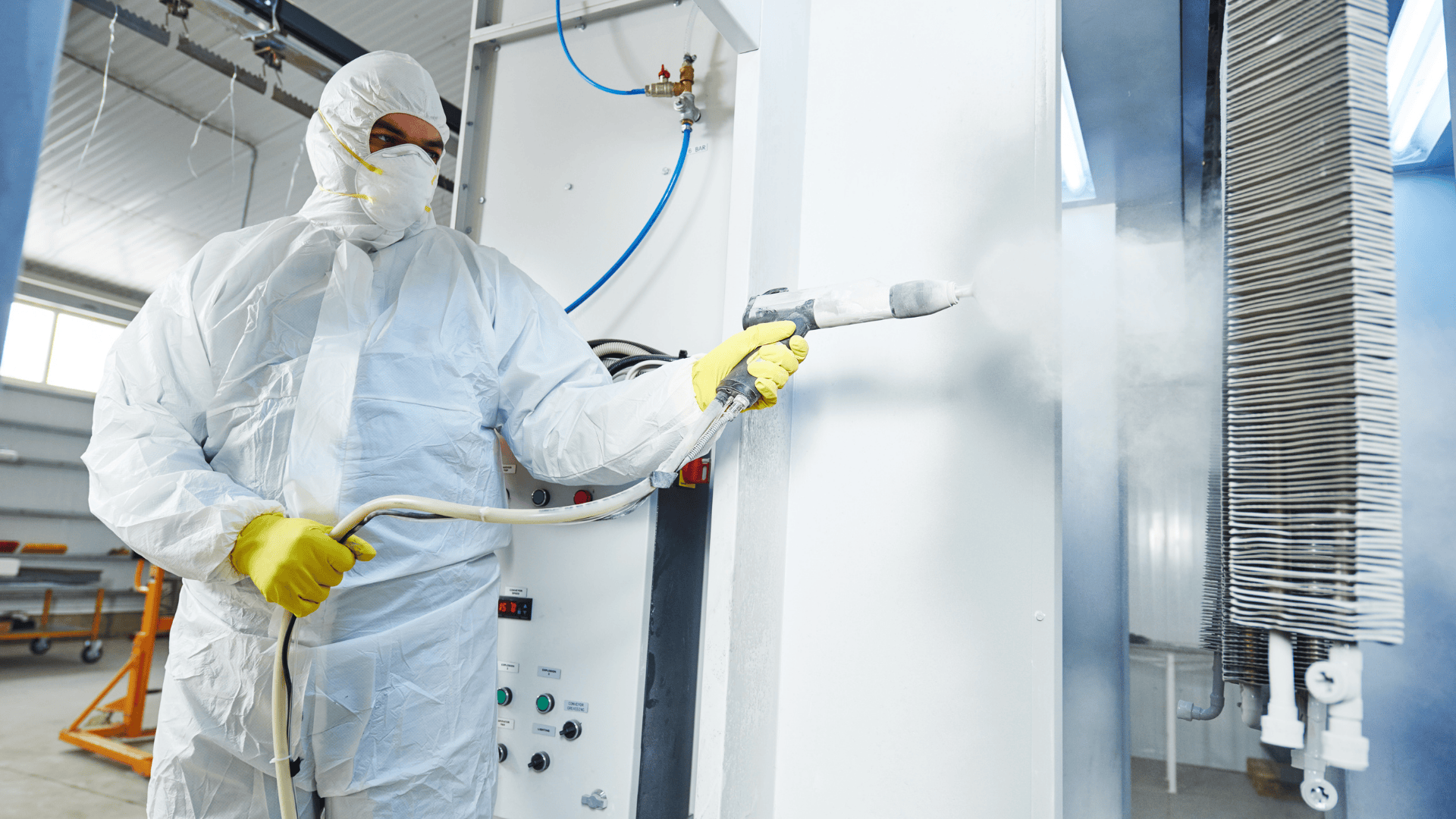Walk into any factory or warehouse, and you’ll see rows of sleek machinery, humming conveyor belts, maybe even robotic arms slicing through repetitive tasks with laser focus. But look a little closer and you’ll find something that rarely gets the spotlight—yet is working just as hard behind the scenes: the industrial coatings that protect, preserve, and power everything in sight.
These coatings don’t just keep things looking polished. They’re the invisible shield standing between vital equipment and the forces of corrosion, wear, and time. And in 2025, their role is shifting from passive protection to active innovation, especially as manufacturers face new pressures around sustainability and efficiency.
Let’s peel back the layers—literally—and see how this unsung hero is helping manufacturers adapt, thrive, and even go green.

It’s Not Just Paint. It’s Protection.
At a glance, coatings might seem cosmetic. But in a production environment where humidity, chemicals, heat, and friction are daily hazards, these surfaces do heavy lifting.
Advanced industrial coatings are engineered to resist corrosion, prevent contamination, withstand extreme temps, and bond with specific substrates like steel or aluminum. This means fewer breakdowns, longer lifespans for expensive equipment, and a whole lot less waste—both in time and raw materials.
As Coatings World reports, these technologies have become critical in meeting performance standards without compromising environmental goals. Gone are the days of toxic formulations that did more harm than good. Today’s coatings are smarter, cleaner, and leaner.
Sustainability Without Sacrifice
With sustainability now more than just a buzzword, every industry is being called to cut emissions, minimize waste, and adopt cleaner processes. And that’s where industrial coatings quietly shine.
Modern coatings help manufacturers avoid the constant cycle of rework and repair. Less degradation equals fewer replacements. Fewer replacements mean less landfill waste. Multiply that across thousands of parts and products, and suddenly coatings are a key player in sustainable manufacturing.
Forward-thinking companies like Universal Chemicals & Coatings have taken this even further. Their work in coil-applied coatings and adhesives allows for a more controlled, efficient application—often at the steel mill stage—eliminating the need for extra steps (and VOC-heavy touch-ups) later down the line. It’s the kind of process improvement that not only reduces costs but also aligns with modern ESG goals.
Meeting Today’s ESG Expectations
ESG—environmental, social, and governance—standards are no longer just for Fortune 500s. Small and mid-sized manufacturers are now being evaluated on their environmental impact, labor practices, and long-term planning.
Industrial coatings help companies check more than one of those boxes. Better corrosion resistance leads to safer equipment. Cleaner chemistries lead to safer working conditions. Longer equipment lifespans support more sustainable supply chains. It’s the kind of ripple effect that smart manufacturers are learning to embrace.
And with rising pressure from investors and consumers alike, showing that you’re adopting environmentally conscious materials isn’t just good PR—it’s good business.
Innovation That Doesn’t Slow You Down
Efficiency is the heartbeat of any production line. So it’s no surprise that coatings designed for high throughput are getting serious attention.
For example, coil coating—where material is coated before it’s formed into its final shape—cuts down on energy use, reduces material waste, and ensures a more uniform finish. It’s a plug-and-play solution that keeps operations moving while upping quality.
This isn’t just theory either. In the field, manufacturers using coil-applied coatings report lower defect rates, less downtime, and increased throughput. And with global competition rising, that kind of advantage matters more than ever.
Quiet Innovation With Loud Results
Coatings might not make headlines. They’re not flashy or futuristic. But they’re essential—especially in a time when doing more with less is the name of the game.
Industrial coatings can be both high-performing and environmentally responsible. By rethinking how and when coatings are applied, the entire manufacturing ecosystem can become more agile, efficient, and sustainable.
So the next time you see a sleek, rust-free machine running like a dream, remember: behind that shine is a story of science, smart design, and sustainable thinking.

Founder Dinis Guarda
IntelligentHQ Your New Business Network.
IntelligentHQ is a Business network and an expert source for finance, capital markets and intelligence for thousands of global business professionals, startups, and companies.
We exist at the point of intersection between technology, social media, finance and innovation.
IntelligentHQ leverages innovation and scale of social digital technology, analytics, news, and distribution to create an unparalleled, full digital medium and social business networks spectrum.
IntelligentHQ is working hard, to become a trusted, and indispensable source of business news and analytics, within financial services and its associated supply chains and ecosystems










